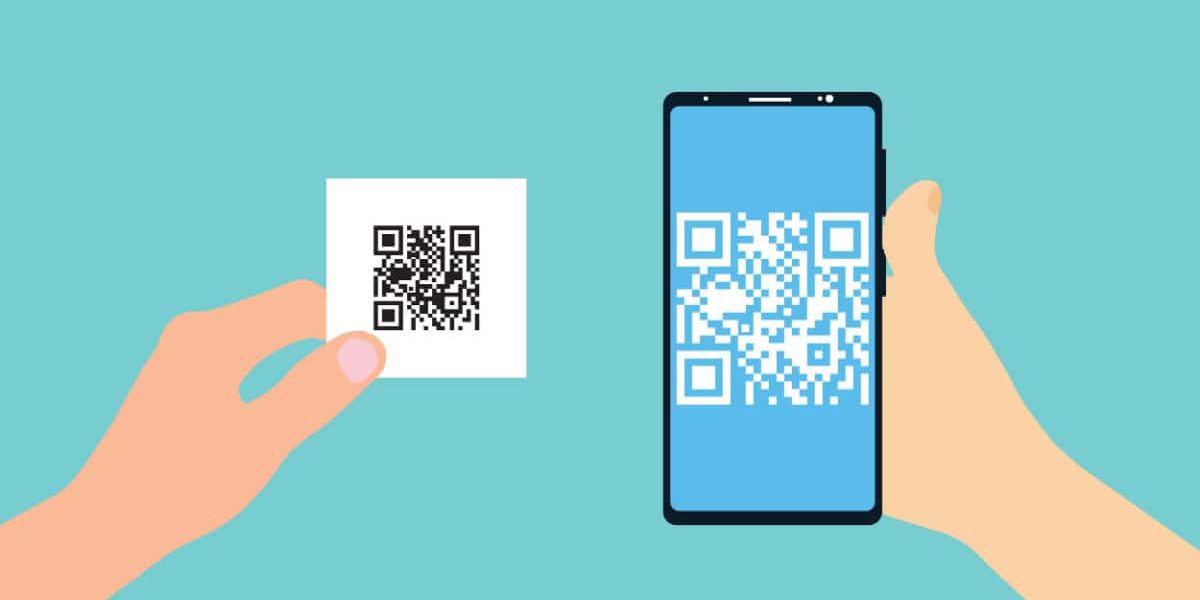Using QR Codes For Marketing
The number one rule of getting results in marketing is creating a convenient and accessible way for people to act. You can do just that by using QR Codes. Consider the components of a successful marketing campaign and use a QR code to complement your goals.
What are QR Codes?
A Quick Response (QR) Code is square, 2-dimentional barcode that uses a randomized square pattern instead of the traditional lined barcodes found on product packages. Created in 1994, the barcode initially needed to be scanned with an app, but today using a mobile device’s native camera will work. When scanned, QR Codes can link the user to a specific specific destination, commonly leading to a URL or opening a PDF. QR codes can be created online using free or paid QR Code generating platforms.
Why Use a QR Code?
Anything physical, from posters, flyers, in-store displays, or banners, should include a QR code. This helps bridge the gap between print and digital marketing initiatives. Ensure that the content surrounding the code gives users a clear call to action so they are encouraged to scan. For example, if you want to promote your e-commerce site, you can advertise key products and create a “scan to shop” QR Code that goes to that product or catalogue. This provides a clear pathway for users and an easy point of conversion. By integrating QR codes into your marketing campaign, you can better track the engagement and success of efforts. Your marketing goals will influence the placement of the QR codes but consider the following strategies.
Ways to Use the QR Code
1. Engagement with Content Marketing
Content Marketing is an umbrella term that encompasses anything “content” from landing pages and blogs to social media and newsletters. It offers a variety of potential areas for QR codes to be used. First and foremost, you should have a QR code that links to your social media. Whether it’s on an in-store poster or a trade show banner, social media opens the possibility of future engagement.
In addition, you can use QR codes to get people to sign up for email marketing campaigns or other regular communications. An example of this, whether we liked it or not, is the digital Roll Up the Rim campaign at Tim Hortons—the QR codes on the cups prompt consumers to sign up for the Tims Rewards program. By doing this, they streamline the rewards campaign with the promotional event.
Your website is another prime destination. This can be especially beneficial when you want to direct people to a certain landing page of your website. For example, if a local bakery wants more preorders, they can advertise the online ordering opportunity through in-store posters that use a QR code to direct consumers to the order form on their website. If you want to create desirable exclusivity, create an offer or promotion only available to consumers that scan the QR code.
2. Encourage Feedback
Knowledge is power, especially when it comes to marketing. Gathering data from customers allows for improved customer experience and informed marketing campaigns. If you want more online reviews, create a code that links to leave a review on your Google Business Profile. This can be displayed at checkout, printed on the receipt, or on a “Thanks for Coming!” poster at the front door. Similar to the QR code promotion noted above, you can incentives scanning by rewarding customers for sharing their feedback.
3. Charitable Initiatives
For charitable organizations, having a QR code linking to a donation site or registration page can encourage action. Few people carry cash anymore, so allowing for an online payment option on promotional material or at an in-person event can open another payment stream. If you are looking for event participants, a scannable way to sign up can evoke immediate action. This also creates an easy way for people to share information with others who might be interested.
4. Interactive Experience
Sometimes marketing requires you to think outside the box. Consider how you can create a consumer experience with your QR codes. For example, the Royal Ontario Museum added QR codes in front of various exhibits to elevate the guest experience. Creating a quality consumer experience can make engaging with your company enjoyable. If your business requires people to wait to be served, consider adding an interactive QR code that gives users a waiting game (literally). Focusing on the user experience can create a positive interaction that benefits the business-to-consumer relationship.
If you want to develop a content strategy or want to find out more information, reach out to the experts at Sims Advertising. We can help identify your goals, recommend the most appropriate channel, create engaging content and measure your success.




